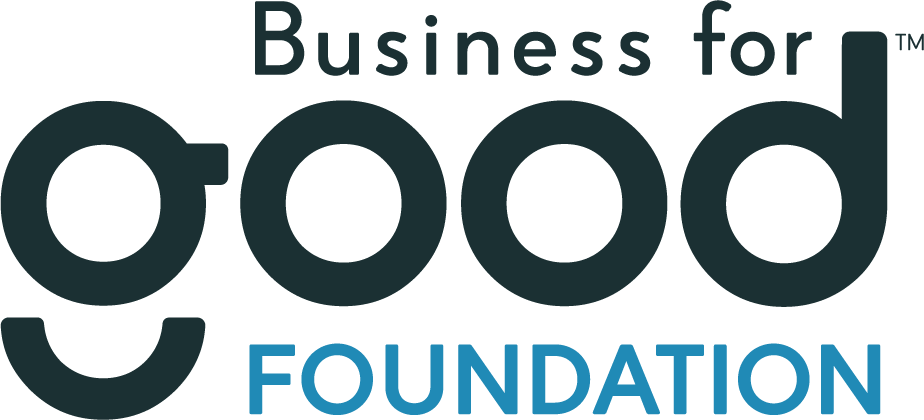News
December 13, 2017Capital Region Cost of Living Remains Stable, Affordable
The cost of living in the Capital Region remained relatively flat between the second and third quarters of 2017 according to data reported by the Council for Community and Economic Research (C2ER). The Capital District Regional Planning Commission, Capital Region Chamber, Center for Economic Growth, and the University at Albany collaborate to collect data necessary to index the region’s cost of living relative to 266 other urban areas across the United States.
The composite index showed less than a 1% change in the cost of living between the second and third quarters of the year, from 107.9 to 108.2. An index value of 100 reflects the national average for all participating urban areas. The index collects data that represents the after-tax cost for a professional/managerial standard of living in a community. The cost of living in Manhattan, which tops the national list, was nearly 225% more than the cost of living in New York’s Capital Region. The Capital Region enjoys a cost of living about 8% higher than the average cost nationally and is just above the median for cost of living in New York State, for those that participate in the index. For more information on the Cost of Living for the Capital Region, including historic trends, please visit http://cdrpc.org/data/economic/coli/.
The Capital Region’s cost for services including transportation, health care, utilities, and miscellaneous goods and services ranked below the median value for participating New York State urban areas. The Capital Region also benefits from having a median household income higher than other similar regions in the state, outside of New York City. According to the Capital Region Indicators report released in August 2016, the Capital Region as defined by the Albany-Schenectady-Troy Metropolitan Statistical Area had a median household income of nearly $62,000 – ranking third in the nation among similar areas and was the highest of its New York State counterparts.
“People want to be here,” said Mark Castiglione, CDRPC’s Executive Director. “And they can afford to pay a little more given the strength of the region’s median household income.”
“The Capital Region continues to be an affordable and attractive place to call home,” said Sean Maguire, CDRPC’s Director of Economic Development . “While the cost of housing remains one of the highest components of the index, we believe that reflects the desirability of the region.
Among the Capital Region, the other participating New York urban areas include Buffalo, Ithaca, Brooklyn, Manhattan, Queens, Rochester, and Utica. Syracuse and Yonkers, which are among the top five largest cities in New York State, do not participate in the study. The Capital Region’s Cost of Living is similar to Pittsfield, MA (108.8), which is the closest out-of-state region to participate in the index.


























